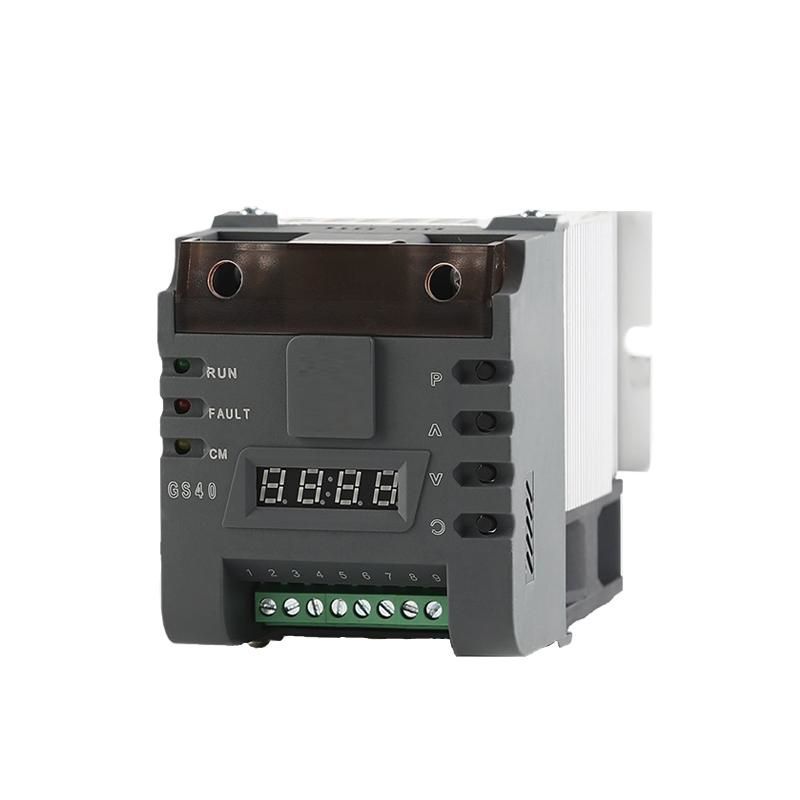Whether to choose phase-shift control or zero-crossing control when the power controller is working needs to be decided according to the specific application scenario. Zero-crossing control refers to turning on the carrier switching device every time the power supply voltage passes through the zero point, and controlling the load voltage by adjusting the length of the conduction time. This control method has a better effect when the load is a linear impedance, and can achieve a higher power factor. Phase-shift control refers to turning on the carrier switching device at different phases of the power supply voltage, and controlling the load voltage by adjusting the length of the conduction time. This control method is suitable for the case where the load is a nonlinear impedance (such as the speed control system of the motor), and can realize smooth adjustment of the load voltage and current, avoiding overload and chopping. Therefore, whether to choose phase-shift control or zero-crossing control during work needs to be selected according to the actual situation. If the load is a linear impedance and requires a high power factor, zero-crossing control can be selected; if the load is a nonlinear impedance, and the load voltage and current need to be adjusted smoothly, phase-shift control can be selected.
It should be noted that when using zero-crossing control, the carrier switching device must be synchronized with the zero point of the power supply voltage to avoid problems such as voltage crossing and excessive current peaks. Therefore, it is usually necessary to use a dedicated synchronization trigger to complete this process.
Choose phase-shift or zero-crossing mode when choose scr power regulator most depend on your load and how your heater will work. If you have any question about this, contact Noker Electric directly, we will supply you a best solution.
Post time: May-19-2023

